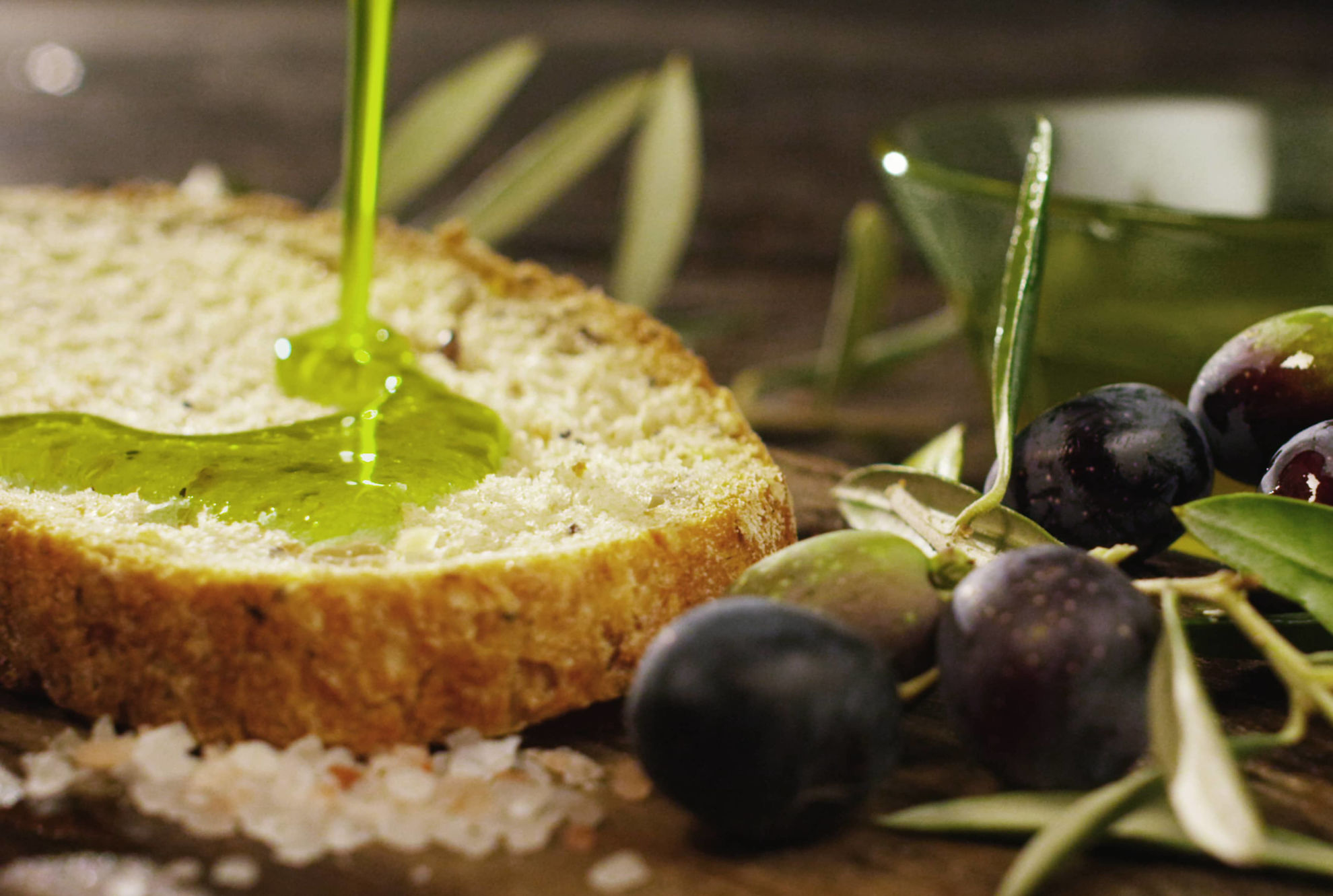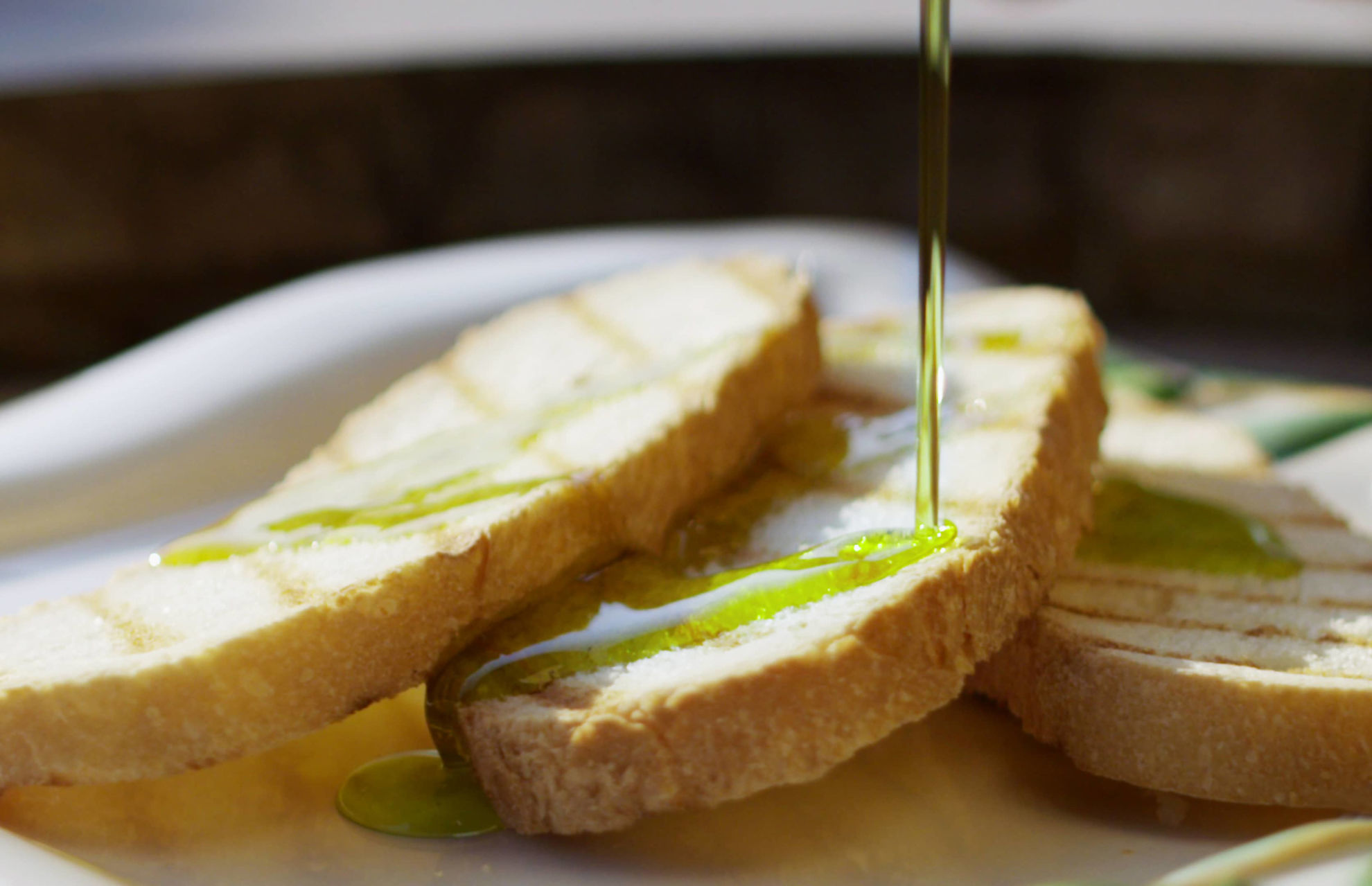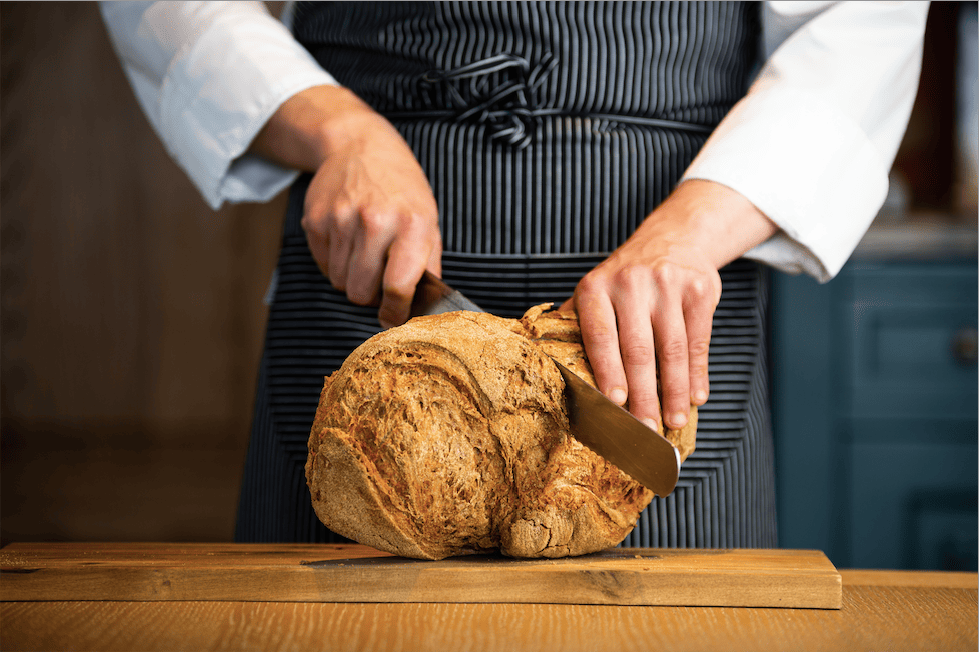
A unique sensation, crunchy and rich in flavour, which allows us to appreciate the authentic Tuscan traditions: the Fettunta. With this dedicated guide, you will be able to learn its origin, quality ingredients and a simple and classic recipe to take a step into another century and enjoy a spectacular dish.
What is Fettunta bread?
Of Tuscan origins, not to be confused with the famous Italian bruschetta Toscana, the Fettunta differs in its essential ingredients: bread, garlic, olive oil, salt and pepper. Tuscan cuisine boasts ancient origins dating back to the Etruscan period, where the gastronomic tradition of the region was born. However, the cuisine evolved significantly during the Renaissance, when moments of conviviality became an integral part of Tuscan culture and noble courts.
On the other hand, the rural poor carried a completely different and more modest tradition, which is still in use today. Not having the opportunity to buy fine ingredients, everything that filled their dishes was based on the theory of "do not throw anything away,"which is why stale bread is the base of many Tuscan dishes. Peasants, as a method to make stale bread usable, made it crunchy and, therefore, still good. Tuscany has a famous and simple cuisine made of high-quality ingredients such as precious extra virgin olive oil, which is used not only to season dishes but also for cooking thanks to its health benefits. Its fame has gone beyond regional borders, so much so that it is even mentioned in a comic poem by Aldo Fabrizi, a Roman actor, and author.


How to make Fettunta?
Its simple appearance and the frugality of the ingredients cannot be underestimated; this meal embodies centuries of tradition and the production of high-quality olive oil, which enhances the taste of the wonderful wood-baked bread. It represents the celebration of the hard work people put into making their olive oil. If you want to learn how to prepare this wonderful dish, follow the Tuscan garlic bread recipe below, you will certainly not be disappointed.
Ingredients
- Stale bread
- Extra virgin olive oil
- Garlic
- Salt
- Pepper
Steps
- First, you will need to preheat the grill.
- While you wait for the grill to heat up, slice the bread so that it is neither too thin nor too thick. In addition, it is essential to use Tuscan bread because of its absence of salt, which helps to bring out the oil and garlic flavour.
- Once the grill is hot, you will have to grill the slices of bread on both sides until the outside is crisp and golden but the inside is soft.
- After you have removed the bread from the heat, take the garlic cloves and rub them on the surface of the slices. The garlic will wear out in seconds if the pieces have been appropriately grilled.
- Then you will need to add a generous amount of Laudemio Frescobaldi extra virgin olive oil. (It is essential to use good oil, preferably Tuscan.)
- And finally, season with salt and pepper.
With this simple recipe, you will be transported to a world of lore that is sure to leave you, your friends, and your family more than happy.
The modern variations of Fettunta
Although the original recipe is perfectly delicious, the creativity of many generations has made it possible to churn out many variations of this dish. One, in particular, involves adding fresh tomatoes cut into small pieces. This dish allows you to unleash your creativity by adding different ingredients, such as sausage. Suppose you love intense flavours; you can also add octopus and black cabbage for something more refined. These recipes are slightly more complicated; however, they will still allow you to explore and play with Tuscan tradition.
The beauty of this Tuscan garlic bread tradition also lies in the fact that it can be beautifully paired with great wines of the same territory. For instance, a match made in heaven would be obtained mainly from Sangiovese grapes produced in various areas of the marvellous Tuscany region, a Chianti DOCG. This prestigious and intense Frescobaldi wine, with well-defined character, reflects the characteristics of the terroir, much like our classic Fettunta bread.